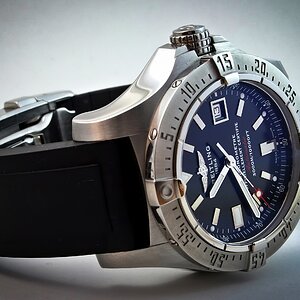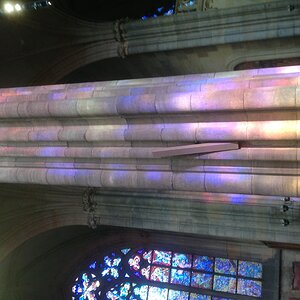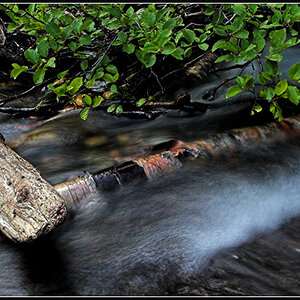lenny_eiger
TPF Noob!
- Joined
- May 22, 2013
- Messages
- 18
- Reaction score
- 3
- Location
- Petaluma, CA, US
- Can others edit my Photos
- Photos NOT OK to edit
I buy FormaFlo from Photographer's formulary. One trick I learned about 40 years ago: Don't just leave it in there for a few seconds. Leave it in for 3 minutes. then when you hang the film it will actually do what its supposed to, dry as a single sheet of water all at once.
When it comes to scanning, take a look at film scanners like the Nikon. The biggest problem you have is your film size. (I think we are talking about 35 mm....) It's so small that its like starting out with two strikes. I have a scanner that can scan 35mm at 8000 api/ppi/dpi of resolution, and do it at 80,000 of optical as well. These aren't cheap, I have it because I scan professionally for a living. However, while the Espon and other flatbeds can do ok with 4x5 and 8x10, they are hard pressed to do well with film that small. They just don't have the resolution, which is down around 2000 or so. The walgreens/walmart type cheap scans are much worse.
The best thing you can do if you want better quality is move up in film size... even medium format, 6x7, for example, has 5 times the film area to work with. Of course, take your time and enjoy your first success.....
When it comes to scanning, take a look at film scanners like the Nikon. The biggest problem you have is your film size. (I think we are talking about 35 mm....) It's so small that its like starting out with two strikes. I have a scanner that can scan 35mm at 8000 api/ppi/dpi of resolution, and do it at 80,000 of optical as well. These aren't cheap, I have it because I scan professionally for a living. However, while the Espon and other flatbeds can do ok with 4x5 and 8x10, they are hard pressed to do well with film that small. They just don't have the resolution, which is down around 2000 or so. The walgreens/walmart type cheap scans are much worse.
The best thing you can do if you want better quality is move up in film size... even medium format, 6x7, for example, has 5 times the film area to work with. Of course, take your time and enjoy your first success.....


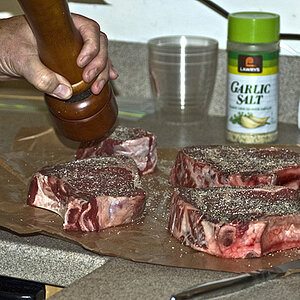
![[No title]](/data/xfmg/thumbnail/37/37604-7ad625e983f92f880eb65a264eeef5e4.jpg?1619738148)
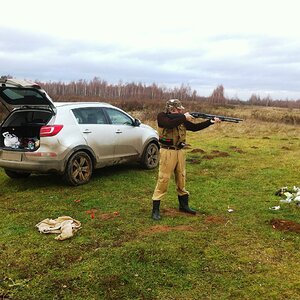
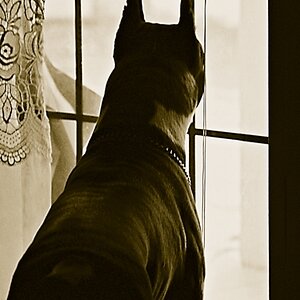
![[No title]](/data/xfmg/thumbnail/37/37602-1ef8dbb1c2d0e4ff347ee65d328c3603.jpg?1619738147)
